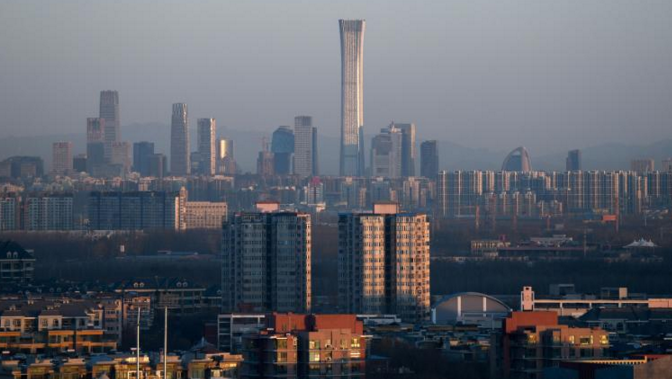
1.What saved many lives in China?
A China's clean air policies.
B The increased particle pollution.
C The study by researchers.
D The reduction of the clean fuels.
解析:选A。推理判断题。根据文章第一段because of the improvement of the environment以及Fine particle pollution declined rapidly following the new rules on industrial emissions and the promotion of clean fuels可知是中国对细颗粒污染的控制政策才成就的环境的好转然后才救了很多的人的命,故选A。
2.Why did PM2.5 cause many diseases?
A It was called smog.
B It made the air cleaner.
C It went into the blood.
D It had a bad reputation.
解析:选C。细节理解判断题。根据文章第二段第一句so small that it can enter the bloodstream, potentially leading to cancer, stroke and heart attack in the long term可以得知得知PM2.5因为其颗粒小而进入人体的血液从而让人们致病,故选C。
3.When did Chinese government decide to treat the pollution?
A In 2008.
B In 2013.
C In 2017.
D In 2018.
解析:选B。细节理解题。根据文章第三段第一句the government introduced its toughest-ever clean air policies that year可以得知中国政府是在2013年下决心整治严重的污染问题的,故选B。
4.What did people in Shanghai do to protect the environment?
A They built the thermal power plants.
B They stopped using industrial boilers.
C They made Shanghai financial capital.
D They tried to recycle some rubbish.
解析:选D。推理判断题。根据文章第四段第二句such as adopting strict recycling regulations可以得知上海通过规定垃圾循环利用来保护环境,故选D。